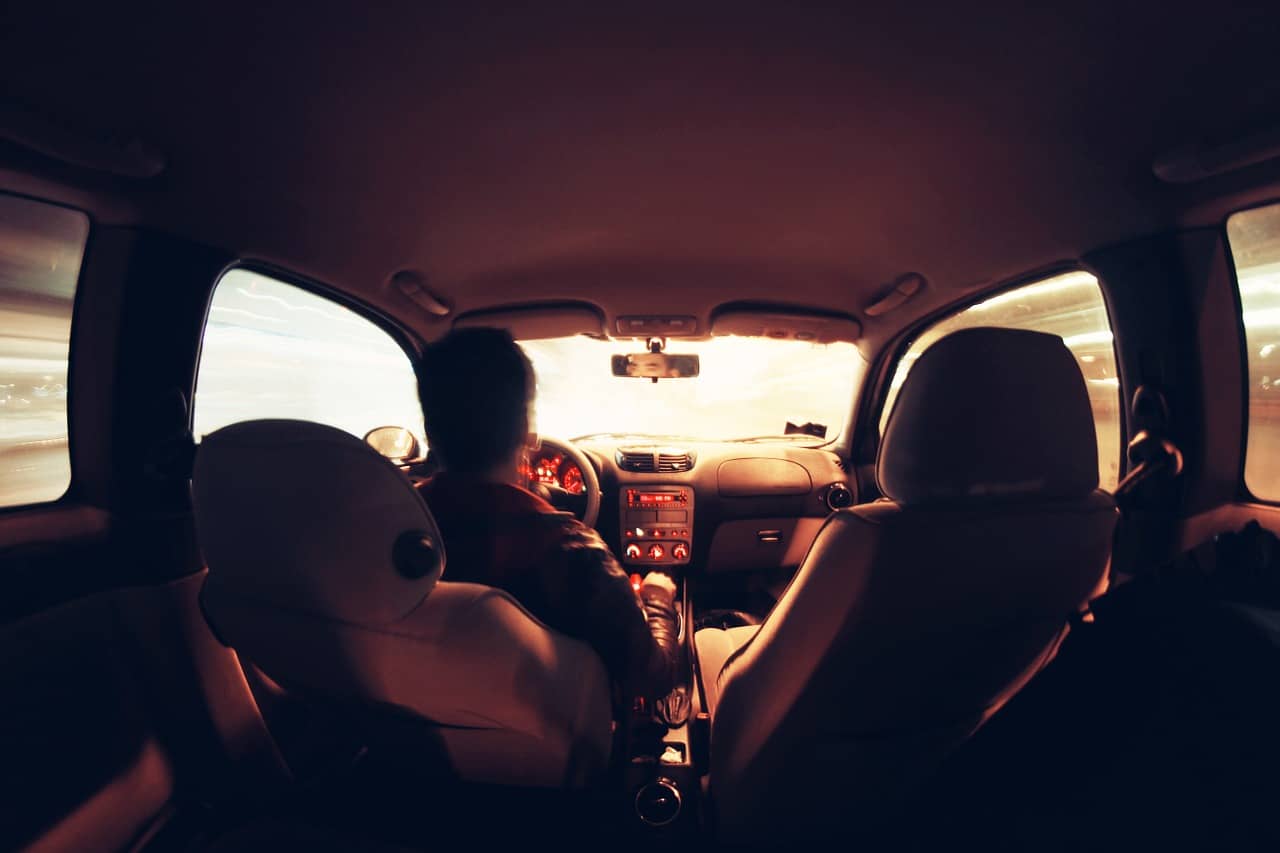
Types of shoes you should avoid wearing while driving.
There are all sorts of things you shouldn’t be doing while driving. But, it can be easy to forget what a crucial role your feet play in operating a car. According to Laura Adams, a safety and education analyst at Driver’sEd.com, an often-overlooked safety preparation that drivers can take to reduce the chances of getting into a deadly car crash is simple, wear the right shoes! And to do that, you need to know what the wrong shoes are. These are types of shoes you should avoid wearing while driving.
1. Flip-flops
Flip-flops hit several different hazardous marks when it comes to driving. Most importantly, flip-flops, more than any other shoe, have the potential to just come right off. According to Ronit Tehrani, one of the owners of Driven2Drive, Pennsylvania’s largest driving school and license testing company, the concern with this type of footwear is the chance of the sole getting caught or stuck under the pedal or even sliding off the person’s foot while driving. This is highly unsafe and dangerous, especially if one needs to apply either the brakes or gas pedal at a moment’s notice. Flip-flops also completely lack any ankle support. And it’s not just flip-flops, you should probably avoid driving while wearing any type of sandals or shoes with no back.
2. Slippers
If you’re making a night time run to the store just down the block, and are tempted to just make the drive in your slippers, think again! Slippers hold the same potential dangers as sandals. They’re not secured around your ankle and could slip right off your feet at any time.
3. Wedges / Platform Shoes
While shoes with tiny, thin heels present problems, so, too, do particularly large shoes. Thin shoe soles keep your feet as close to the pedals as possible, making them better suited to helping your feet gauge the proper amount of force needed to work the pedals. Therefore, driving with very thick-soled shoes, like wedges, platform shoes, or even heavy boots, could cause you to miss a pedal, press two pedals at the same time, or use the wrong amount of pressure.
4. High Heels
Considering how cumbersome high heels are to walk in, it shouldn’t come as a surprise that they’re not ideal driving shoes. To maintain control of pedals, the heel of your foot must rest on the floor of your vehicle. When you’re wearing thin heels, your heel instead hovers over the floor of your vehicle, only making contact with the floor at a point with a tiny surface area. There are a few other drawbacks as well, including heels positioning your feet in an uncomfortable, unfamiliar position than what you’re used to and skinny heels’ potential to snag on your car’s floor mat. In addition, if the shoes have pointy toes, as many high heels do, the shape and front of the shoe can make it difficult to apply the necessary pressure needed due to the limited surface area of the shoe.
5. Barefoot
You probably know that driving barefoot isn’t the safest choice. When you’re used to driving in shoes, driving without them can feel foreign and it requires you to put more pressure on the pedals than you usually do when wearing shoes. That could affect your braking time, putting you at risk. But, barefoot driving is actually a preferable option to driving with some of these other dangerous shoe options, especially if said shoes are particularly uncomfortable. Driving barefoot at least allows one to have more control of the pedals and a direct feel for any deviations while applying pressure to the brake or gas pedal. However, its other drawbacks make it risky enough that you should avoid it.












